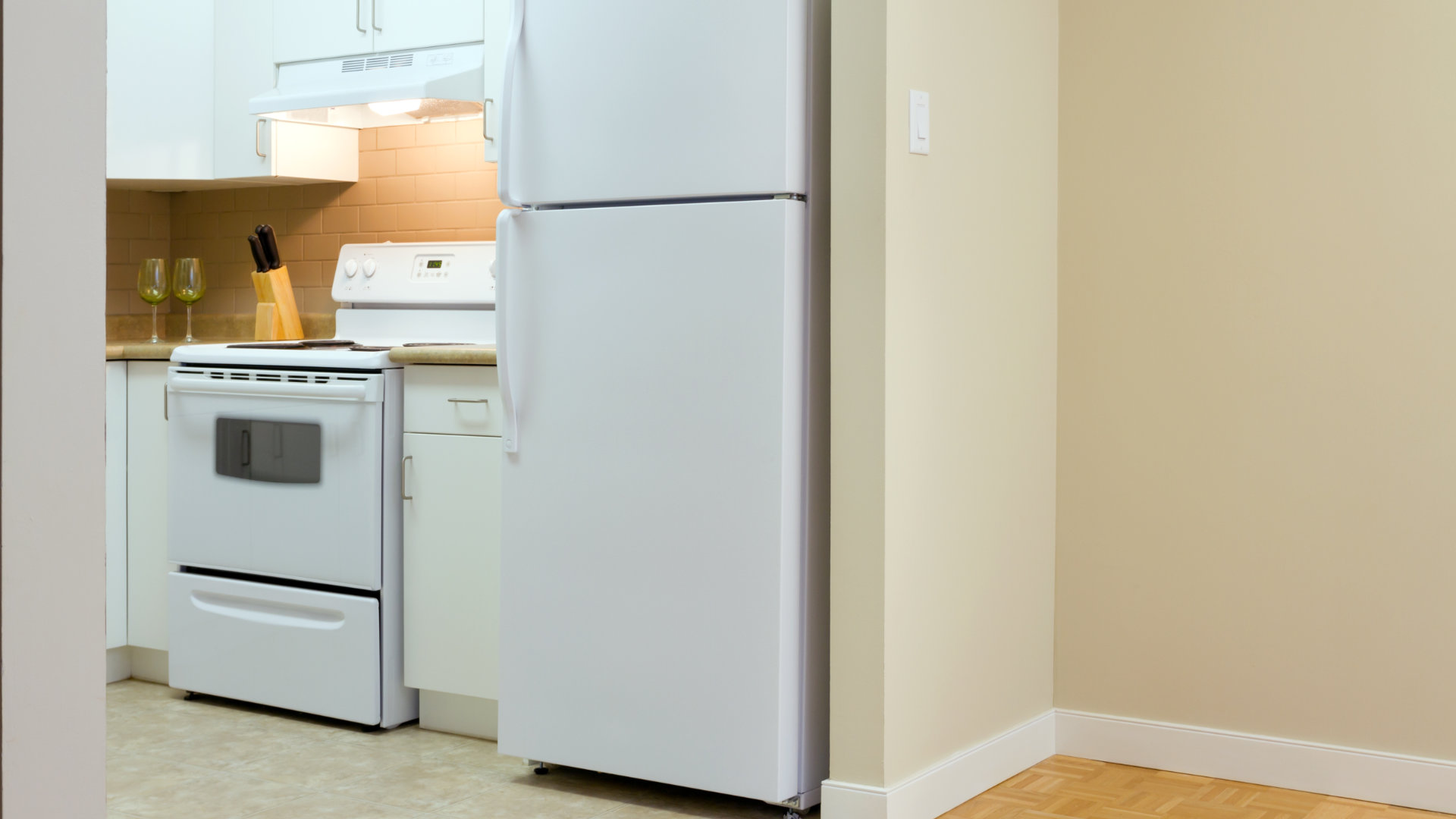
Refrigerator door seals, also called gaskets, help keep the refrigerator the correct temperature by ensuring cool air does not escape and hot air does not get in. If there is a tear in the door seal or it is not sticking as well as it should, the refrigerator must work harder to cool things down in the refrigerator, which increases your electricity bill. Therefore, if your refrigerator door seal is damaged, you will want to either fix or replace it as soon as possible.
If your refrigerator door seal is slightly damaged, there are a few steps you can take to repair it, which we will outline in this guide. However, if the door seal is too damaged to fix, it will need to be replaced, which we will also cover here.
How to fix the refrigerator door seal
Clean the door seal
Keeping the door seal clean is a great way to ensure it lasts and does not have any issues. If you are noticing that the door seal is not sealing as well as it used to, giving the door seal a clean may resolve the issue.
When cleaning the door seal, you will require a cleaning solution, such as mixing a tablespoon of baking soda with a quart of warm water, a microfiber cloth, and, if possible, an old toothbrush to clean stubborn stains and get inside the groove.
Make sure to dry the door seal when you have finished cleaning it. Petroleum jelly or silicone grease can be applied to the seal after you have finished to prevent cracks from forming.
Adjust the door seal
If the door seal is out of place and needs adjusting, applying petroleum jelly or silicone grease will help make the door seal more flexible and enhance its stickiness. When applying lubricant to the door seal, apply a thin layer with a cotton swab to the affected area. You should then find it easier to adjust the door seal.
Repair the door seal
Depending on the severity of the damage to the door seal, you may be able to use waxed paper and silicone sealant to repair the damaged areas.
Before you get started, you need to clean the door seal, removing all grease, grime, and mold. Next, you need to apply an even layer of silicone sealant to the damaged area.
The next step is to cover the silicone with a strip of waxed paper. The waxed paper should overlap the undamaged section of the seal at both ends. The edges of the waxed paper should then be trimmed so that the paper can be folded to match the original shape of the seal.
Next, close the refrigerator door, trapping the paper between the seal and the refrigerator body. The sealant will require at least 8 hours to set. When 8 hours are up, you can open the refrigerator door and remove the waxed paper. The damaged parts should now be replaced with a new section of seal. A sharp knife may be required to remove excess sealant.
How to replace the refrigerator door seal
Replacing the refrigerator door seal is usually a relatively easy process, but it will depend on the type of door seal required for your refrigerator. There are typically three types of door seal: a push-in seal, a snap-in seal, and a screw-in seal. In some cases, you may need to remove the refrigerator door to properly fit the new door seal.
Follow these steps to replace a refrigerator door seal:
Step 1: Purchase a new door seal that matches your refrigerator’s make and model number.
Step 2: Unpack the new door seal 24 hours before you intend to install it. The door seal usually comes folded to fit the packaging it comes in, so it will need to be unfolded and left overnight to help it return to its original form.
Step 3: Place the door seal in warm water for twenty minutes before installing it to straighten out bends and make it more pliable.
Step 4: Remove the old door seal. Depending on the type of door seal, you will either be able to simply pull it off, or you may need to loosen (not remove) screws that hold the door seal between the inner door liner and outer door panel.
Step 5: Clean and dry the area where the new door seal will go.
Step 6: Apply a thin layer of silicone grease or petroleum jelly to the side of the door seal that sticks to the refrigerator.
Step 7: Position and install the new door seal. It is usually best to start with the top corners and then work your way around the door.
Step 8: After the door seal has been installed, check that it sits evenly around the door and that it has attached to the refrigerator. If the door seal needs to be adjusted, low heat from a hairdryer or a lubricant can be used to make the seal more flexible.
If you cannot get the seal to fit perfectly, over time, the magnetic pull generated by the door seal’s magnetic strip will help to correct the issue.
Conclusion
If your door seal needs adjusting, a lubricant, like petroleum jelly, or low heat from a hairdryer can be used to correct the issue. If the door seal has a tear, waxed paper and silicone sealant can be used to repair it. If the door seal is too badly damaged, a new door seal can be purchased and installed relatively easily by following the steps above.

Your Guide to Whirlpool Microwave Replacement Parts

What to Do When Your Kenmore Dryer Won’t Start

How to Resolve the LG Washer LE Error Code

Why Does My Oven Smell Like Gas? Causes and What to Do

Maytag Dryer Not Heating? Here’s How to Fix It

6 Common Reasons Your Speed Queen Dryer Isn’t Heating

8 Reasons Your Samsung Refrigerator Is Not Cooling

9 Most Reliable Washer and Dryer Brands

How to Get Ink out of Your Dryer the Easy Way

Why Is My Fridge Making Noise That Stops When the Door Is Open?

Frigidaire Refrigerator Error Code H1: Causes & Solutions

How to Clean a Dryer Vent Without Moving the Dryer

9 Reasons Your LG Refrigerator Isn’t Cooling

LG Refrigerator Not Making Ice? Here’s What To Do!


